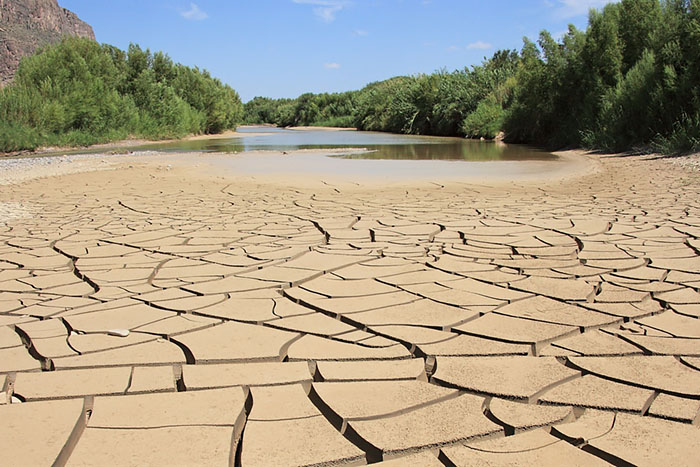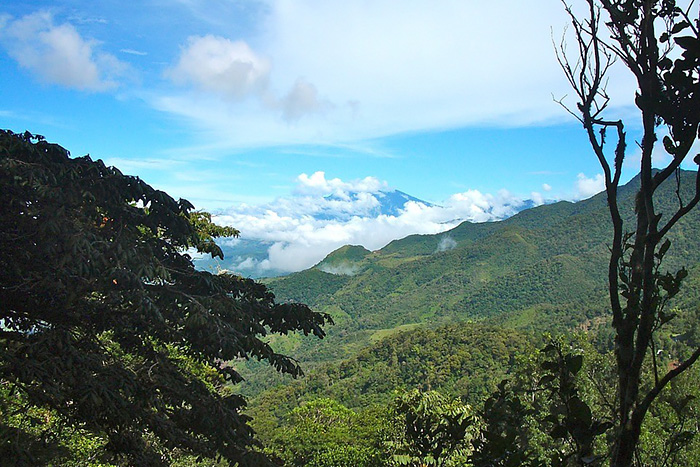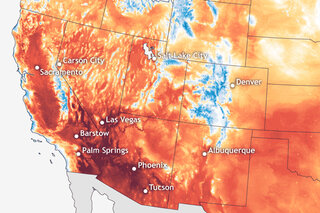
Guest blogger John Allen recaps tornado activity so far in 2021 and discusses the limits of using ENSO to predict seasonal tornado activity.

On June 21, 2021, Ben DeAngelo, CPO Deputy Director, and Billy Sweet, Oceanographer with NOAA’s National Ocean Service (NOS), presented to Florida Keys officials. The presentation discussed the causes and impacts of climate change, and covered sea level rise science, projections, and risk management.

Launched on June 17, 2021, the United Nations Special Report on Drought 2021 warned of rising exposure to the natural hazard. Within the next 80 years, 129 countries will experience an increase in drought exposure mainly due to climate change, and 38 countries primarily due to the interaction between climate change and population growth.

NOAA’s Climate Program Office (CPO) is pleased to announce $950,000 for four new projects that will support decision making in neighborhoods grappling with inequitably distributed impacts from the deadliest weather-related risk in the United States: extreme heat.

Summary: Multiple U.S. coastal regions may see rapid increases in the number of high-tide flooding days in the mid-2030s, according to a new study. The combined effects of sea-level rise and natural fluctuations in tidal range are anticipated to cause tipping points in the frequency of high-tide flooding. These tipping points can produce acute impacts in underserved communities not prepared for the consequences.

The Southern Hemisphere’s stratosphere is cleaner than the Northern Hemisphere’s. A NOAA-NASA airborne mission that measured very small particles and trace gases in the lower stratosphere indicated that the cause of the relatively polluted Northern Hemisphere stratosphere is aircraft emissions.

The U.S. Climate Resilience Toolkit now includes a Southeast Region section. The section features narratives, tools, and case studies on the impacts of climate change across the Southeast, and information on how people can build resilience to climate change

A new study finds that raising modeled mountains reduces modeled rainfall biases. By underestimating the height of mountain ranges, climate models have shown biases in their representation of the Intertropical Convergence Zone (ITCZ), a tropical rainband that delivers significant precipitation.

